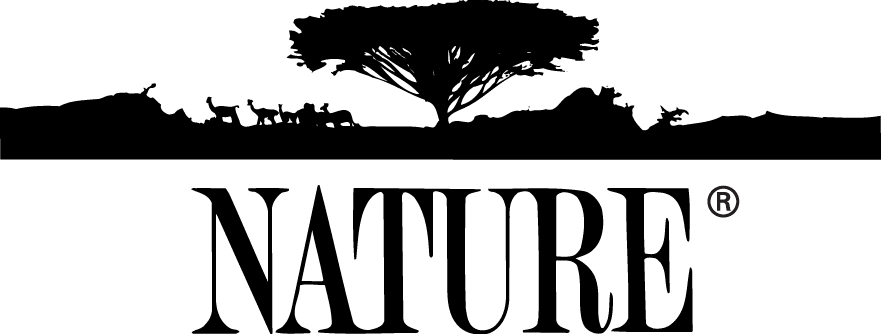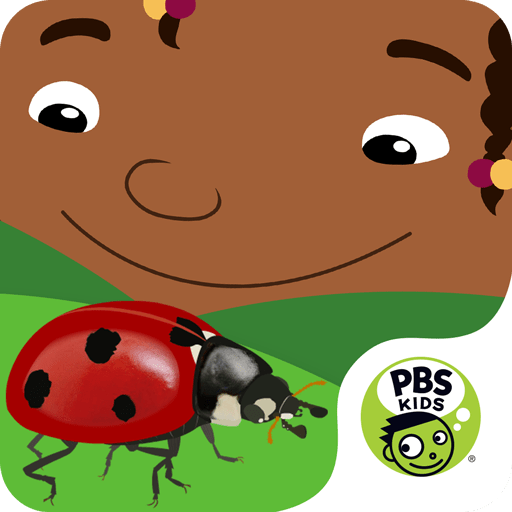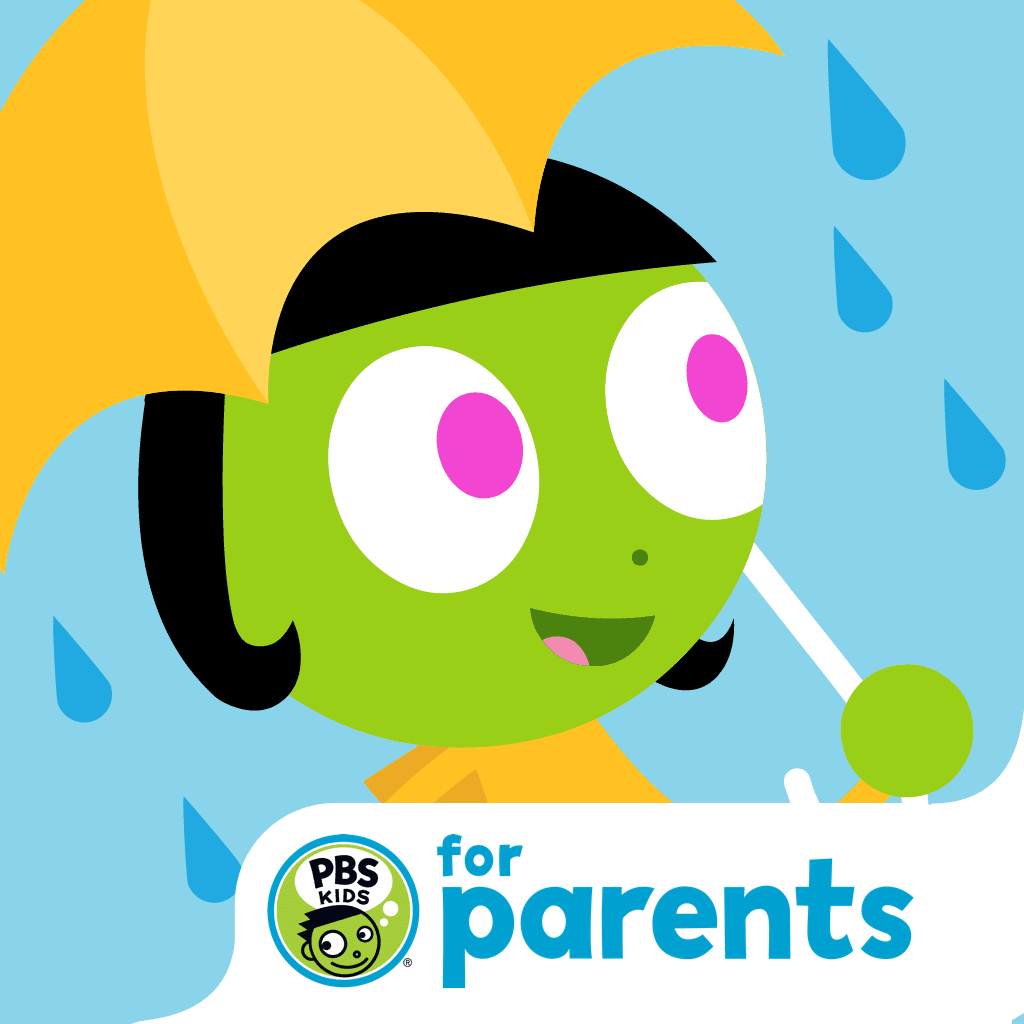Join WXXI Education to get involved in community science by observing and participating outdoors in activities. Here are some resources to get you started.
Enjoy this list of FREE nature-exploring activities and resources that families and educators can use.
Exploring nature is a great opportunity to infuse some curiosity and science learning into your day! We’ve collected some great resources from our community partners, like New York State Department of Environmental Conservation and Cornell Lab of Ornithology, as well as our PBS family, to share with you. Now, choose one and get outside and explore!
What to do:
Participate in the ongoing WXXI Community Nature Observation Challenge This project is ongoing! So get outside (yes, even in the winter!), explore, observe and participate as many times as you’d like!

. NYS DEC Nature Activities
Our friends at New York State Department of Environmental Conservation have created a stellar list of nature-exploring printable activities! From outdoor observation journals, to seek and find hikes, to New York State bird profiles, and so much more!
Find all of their downloadable and printable nature activities here: https://dec.ny.gov/get-involved/education/kids-go/nature-activities

3. PBS Nature
This collection of science videos and media-enhanced lesson plans draws from PBS Nature. The collection can be viewed via PBS LearningMedia NY, and includes topics such as: American Spring LIVE, Earth Science, Human Impacts on Earth Systems, Interdependent Relationships in Ecosystems, Science and Engineering Practices, and more.
Find the full collection here: https://ny.pbslearningmedia.org/collection/nat/

4. Outdoor Family Fun with Plum app
Want to go outside with your kiddos but not exactly sure what to do out there? Check out the free app from PBS KIDS Plum Landing that is full of fun, free outdoor exploring ideas.
- 150+ unique missions to explore your neighborhood’s plants, animals, weather, and more
- Hundreds of tips to help your family talk about nature and science
- New missions and achievement badges that unlock as you use the app
- Digital tools to help your family observe and interact with nature
- Daily sets of suggested missions to try
- Progress tracker to look back on missions and achievements
Did we mention…it’s FREE? Download the Plum app here: https://pbskids.org/apps/outdoor-family-fun-with-plum.html

5. Bird Cams
Our friends at Cornell Lab Bird Cams connects viewers worldwide to the diverse and intimate world of birds. They have created a virtual opportunity to watch birds all over the world, from wherever you are!
- All bird cams: https://www.allaboutbirds.org/cams/all-cams/
- Bird guide: https://www.allaboutbirds.org/guide/
- Sounds & Songs: https://www.allaboutbirds.org/news/browse/topic/sounds-songs/







